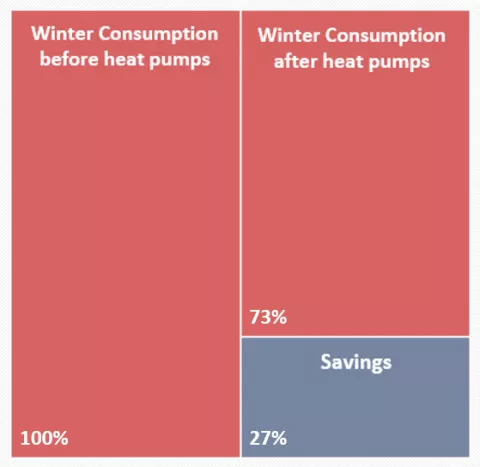The Conservation Improvement Program (CIP) is a ratepayer-funded program established to help Minnesota's businesses and households improve the efficiency of their energy use, thus reducing both costs and pollution. Utilities need to demonstrate that they are helping their customers improve energy efficiency. Many people are familiar with the utility rebates they can get for energy efficiency measures in their home or business — these are a common way that utilities support efficiency improvements.
Often, utilities also work with local Weatherization Assistance Program service providers (such as Community Action Partnership [CAP] agencies), using their CIP spending to provide additional services to income-eligible households. In that way, CIP spending by utilities enables the Weatherization service provider to have a bigger long-term impact on households’ energy costs.
Changes in the program from the 2021 ECO Act have expanded health and safety measures that can be funded — such as electrical system upgrades — and allowed for fuel switching, as long as efficiency improvement requirements are met. Which brings us to heat pumps! Heat pumps are a highly efficient technology that can be used to electrify (a form of fuel switching) space and water heating, while also providing efficient cooling during the summer months.
We encourage reuse and republishing of this story. All Clean Energy Resource Teams stories are made available under the Creative Commons Attribution license, meaning you can share and adapt the work as long as you give us credit. We'd also love it if you link back to the original piece. Have questions or want to chat? Drop us a line.


